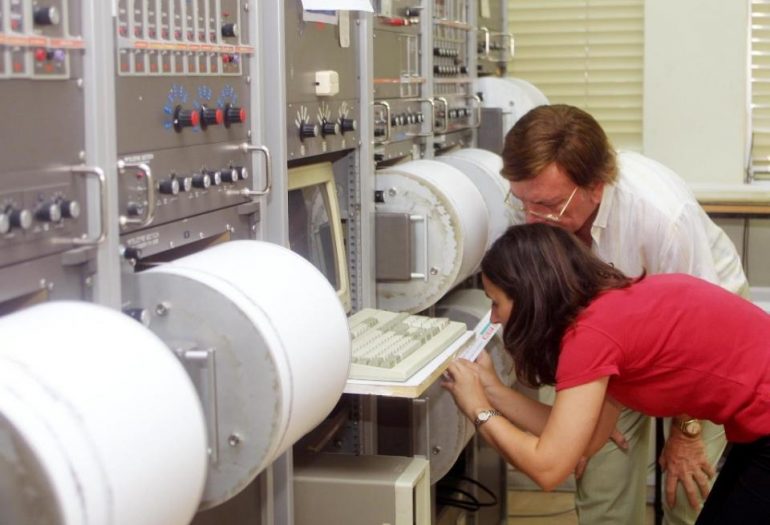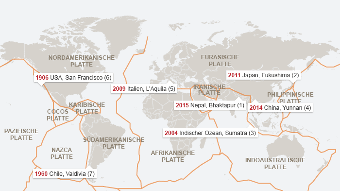In essence, an earthquake is also an earthquake. But seismologists differentiate between pre-earthquake, mainly earthquake and aftershock. Post-earthquake tremors may occur a few days or even months after the main earthquake.
What ultimately causes earthquakes?
In seismic areas, tensions are created over the centuries and millennia due to movements in the tectonic plates. These tensions do not ease all at once, but gradually. Long calm phases are often followed by short periods with many seismic vibrations. And again from the beginning. Nepal, for example, is a meeting point for tectonic plates and is therefore one of the most seismic areas in the world. Here the Indian tectonic plate moves 4 cm below the Eurasian plate every year. An impressive speed for continental plate!
How strong are aftershocks?
As a rule, pre-seismic vibrations are not strong and often go unnoticed. Earthquakes on the other hand may be the same magnitude as the main earthquake. The main quake in Nepal had a magnitude of 7,8 on the Richter scale, while the largest quake reached 7,2 on the Richter scale. This was followed by many smaller seismic vibrations: one exceeded 6 Richter, while three were stronger than 5 degrees.
Is it possible to predict earthquakes?
The last major earthquake in Nepal occurred 80 years ago. From a geological point of view, a strong earthquake in the area was just a matter of time. But seismologists have not been able to predict when it will happen, because as with all other seismic or post-seismic vibrations, a prediction is impossible. Therefore no one can know when the aftershocks in Nepal and India will stop. It may even take years for the aftershock to stop.

